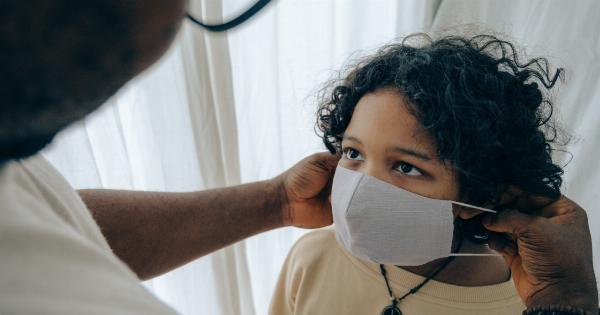Asthma is a chronic lung disease that affects millions of children worldwide. The condition causes inflammation in the airways, making breathing difficult for those affected.
Inhaled allergens, respiratory infections, and physical activity can all trigger asthma symptoms. Parents need to be aware of the signs and symptoms of asthma and take necessary precautions to protect their child’s lungs. Here are ten tips for managing asthma symptoms in children.
1. Reduce Exposure to Allergens and Irritants
Asthma symptoms are often triggered by allergens and irritants. It is essential to identify and avoid the substances that trigger your child’s asthma. Common triggers include pet hair, pollen, dust mites, and tobacco smoke.
While it may not be possible to eliminate all triggers completely, there are steps you can take to minimize exposure. Keep your home clean and dust-free, use air filters, and avoid smoking in the house.
2. Keep Your Child Active
Physical activity is essential for maintaining healthy lungs. Encourage your child to engage in regular physical activity, such as sports or active play. Exercise can help improve lung function and reduce the risk of asthma symptoms.
However, it is essential to talk to your child’s healthcare provider before starting any exercise program.
3. Use an Asthma Action Plan
An asthma action plan is a written plan that helps you to manage your child’s asthma. The action plan should include information on your child’s asthma triggers, daily management, and emergency procedures.
Work with your child’s healthcare provider to develop an asthma action plan that is tailored to your child’s needs.
4. Manage Asthma Medications
There are different types of asthma medications available, including inhaled corticosteroids, bronchodilators, and leukotriene modifiers. These medications help to manage inflammation, open airways, and prevent asthma symptoms.
It is essential to work with your child’s healthcare provider to develop a medication plan that works best for your child.
5. Always Carry a Quick-Relief Inhaler
A quick-relief inhaler is a type of bronchodilator medication that provides rapid relief from asthma symptoms. It is essential to carry a quick-relief inhaler with you at all times, in case of an asthma attack.
Teach your child how to use the inhaler properly and make sure that it is readily available whenever your child needs it.
6. Monitor Symptoms and Lung Function
Regular monitoring of your child’s asthma symptoms and lung function is essential for managing the condition. Work with your child’s healthcare provider to develop a symptom and lung function diary.
By monitoring your child’s symptoms, you can identify triggers and adjust treatment accordingly.
7. Consider Allergy Shots
If your child’s asthma is triggered by allergies, allergy shots (immunotherapy) may be a viable treatment option. Allergy shots work by gradually exposing your child to small amounts of allergens, helping to build up tolerance.
Talk to your child’s healthcare provider to determine if allergy shots are an appropriate treatment option.
8. Teach Your Child Asthma Management Skills
As your child grows older, it is essential to teach them asthma management skills. Teach your child how to use their medications, recognize symptoms, and take action to prevent asthma attacks.
By teaching your child how to manage their asthma, you can help them gain control of their condition and improve their quality of life.
9. Know When to Seek Emergency Medical Care
Despite taking steps to manage your child’s asthma, asthma attacks can still occur. It is essential to know when to seek emergency medical care. Signs of a severe asthma attack include difficulty breathing, wheezing, and chest tightness.
If your child experiences any of these symptoms, seek medical care immediately.
10. Practice Good Health Habits
Good health habits can help reduce the risk of asthma symptoms. Encourage your child to practice good hygiene, including washing their hands frequently and avoiding contact with people who are sick.
A healthy diet and regular sleep can also help to support overall lung health.































